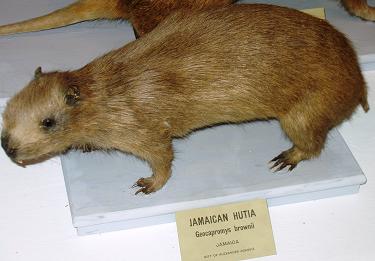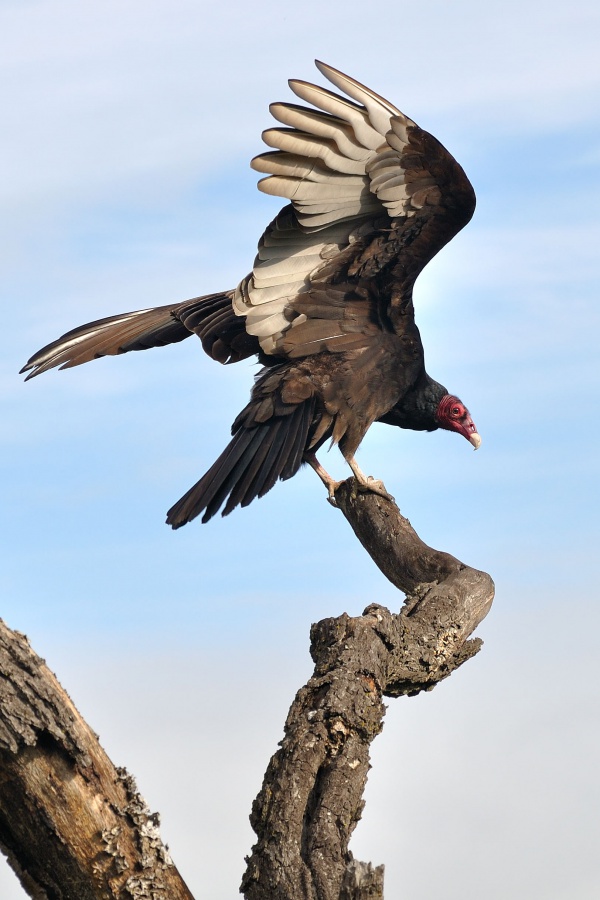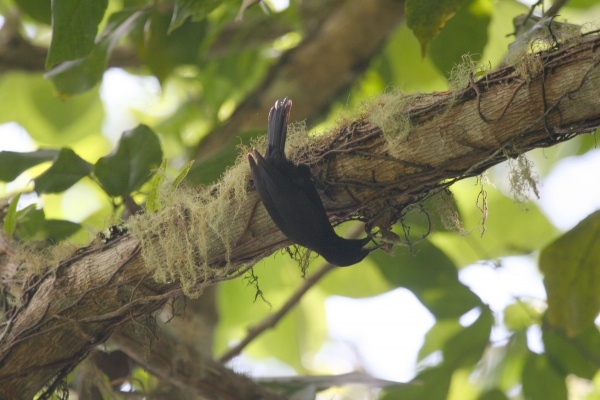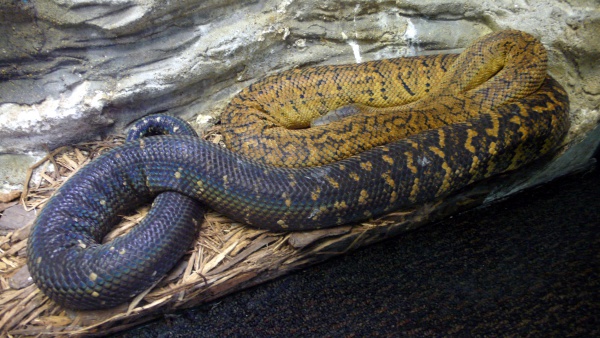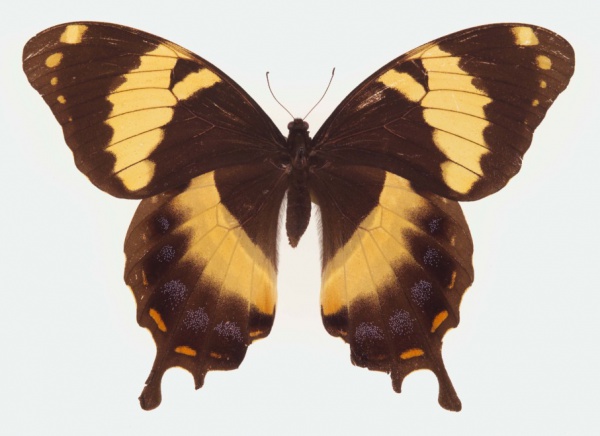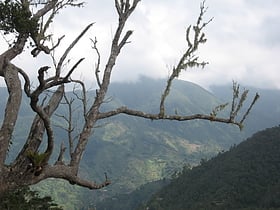
Jamaica Animals
Follow the Trail of Wild Nature – Nature Tourism in Jamaica
Jamaica, a Caribbean island known for its stunning beaches, vibrant culture, and lush tropical landscapes, is also home to a diverse array of fascinating wildlife. From the majestic Blue Mountains to the crystal-clear waters of its coastline, Jamaica provides a habitat for a variety of unique animal species that capture the imagination of visitors and locals alike.
Embark on a journey through the natural wonders of Jamaica and encounter the vibrant and colorful world of its wildlife. From the playful and intelligent Jamaican iguana, a critically endangered species that has made a remarkable comeback, to the agile and elusive Jamaican boa, which slithers through the island's forests. And let's not forget the vibrant birdlife, including the national bird, the doctor bird, with its striking iridescent feathers, and the charismatic Jamaican tody, a tiny jewel of the Caribbean skies. Join us as we explore the living treasures that call Jamaica home.
Mammals of Jamaica
In the lush landscapes of Jamaica, one can find a variety of fascinating mammals, each adapted to the island's unique environment. The Jamaican hutia, also known as the coney, is a native rodent that resembles a small, stout guinea pig and is found in the rocky forests. Bats are the most diverse group of mammals on the island, with the Jamaican fruit bat being a common sight, flitting through the night skies in search of fruit. The mongoose, introduced to control rats in sugarcane fields, is now a common predator in the wild. While exploring the island, one might also spot feral pigs and goats, descendants of domestic animals turned wild, which have adapted to the Jamaican wilderness.
Birds of Jamaica
Jamaica, a haven for bird enthusiasts, is home to a spectacular array of avian species, including the vibrant national bird, the Red-billed Streamertail, commonly known as the Doctor Bird. This hummingbird, with its iridescent feathers and streaming tail, is a sight to behold in the lush gardens and forests. The island also hosts the Jamaican Tody, a small, brightly colored bird that enchants onlookers with its jewel-like green and red plumage. Birdwatchers may also spot the Jamaican Woodpecker, with its rhythmic pecking and striking barred pattern, and the melodious White-chinned Thrush, often heard before seen. These are just a few of the unique birds that make Jamaica's wildlife so rich and fascinating.
Reptiles, Insects
Top Spots for Wildlife Observation in Jamaica
- Blue and John Crow Mountains National Park, located in eastern Jamaica, is the largest national park in the country and a UNESCO World Heritage Site. This park is a haven for birdwatchers, offering sightings of the endemic Jamaican tody, the Jamaican blackbird, and the striking red-billed streamertail, also known as the doctor bird, which is Jamaica's national bird. The park's diverse ecosystems also support the Jamaican boa, the country's largest native terrestrial predator, and the rare Jamaican hutia, a rodent found only on the island.
- Cockpit Country is an area in western Jamaica that is renowned for its unique karst topography and is a key biodiversity hotspot. This region is home to the endangered Jamaican yellow boa and the Jamaican giant swallowtail butterfly, the largest butterfly in the Americas. The area's dense forests also provide habitat for the Jamaican fruit bat and a variety of endemic birds, including the Jamaican owl and the yellow-billed parrot.
- The Portland Bight Protected Area, situated on the southern coast of Jamaica, encompasses one of the largest protected marine areas in the country. It includes the Goat Islands and the Hellshire Hills, which are important for the American crocodile and several species of sea turtles, including the hawksbill and the loggerhead, which nest on the beaches. The mangrove forests and seagrass beds are teeming with marine life, offering opportunities to spot manatees and a plethora of fish species.
- The Royal Palm Reserve, located within the Negril Great Morass in western Jamaica, is a wetland ecosystem that is part of the Negril Environmental Protection Area. This reserve is a sanctuary for the West Indian whistling duck and other waterfowl. The wetlands also support the Jamaican slider turtle and are a critical habitat for migratory birds.
